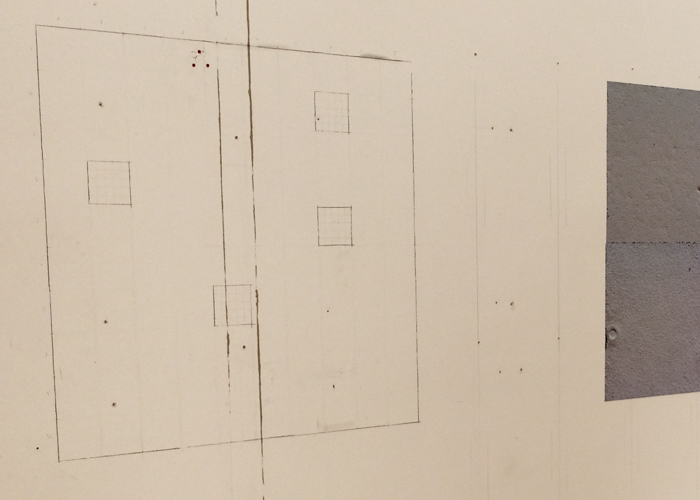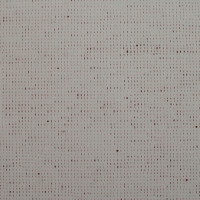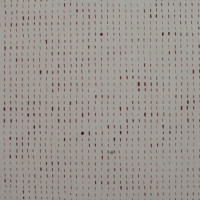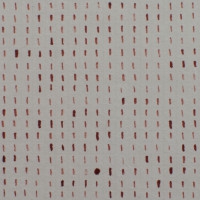The display of Rachel Howard’s recent work at the Hastings branch of the Jerwood Gallery feels like a strangely divided affair, the paintings falling into two quite distinct groups. The more compelling set, smaller in scale, are mainly concerned with the materiality of paint. Surface qualities are to the fore, riven as they are with cracks, rivulets and delicate black hairlines. In Lean To an irregular grid is abraded, obscured or partly washed away by other layerings, while the grid in Sleepless is disrupted like rips in a net, the loosened lines clinging to one another in places like the fine strands of a broken web. These are subtle and evocative paintings, and although they sometimes invite readings as vast landscapes seen from the air, those readings are resisted by the variety of mark-making and subtle distortions of their largely monochromatic palettes. For one feature that gradually exerts pressure on you is the subtle use of bright fluorescent colours. In many works they bleed out at the edges of the canvas, as if one of the first layers to be applied in what appears to have been a lengthy painting process. But in other works, such as Fall, the fluorescence glows softly through the … continue reading
Year: 2015
Agnes Martin: A Grey Stone
If you’ve spent much time looking at paintings, you may have noticed they can change their appearance. A clear and well-defined image seen from a distance can alter as you move closer, revealing itself as a mess of brushstrokes.
Velazquez’s portrait of Prince Philip of Spain, for instance, which hangs in London’s National Gallery. The prince wears a richly embroidered silver-brown jacket. Every detail of the embroidery seems carefully picked out by the painter’s brush. Move closer though, and that fine detail dissolves into dots and squiggles of paint. From further away, an image. Close up, just patterns of paint.

That effect can also work the opposite way. When you first see this painting by Agnes Martin on a wall on the far side of the room, it appears to be no … continue reading
Discovering Metal
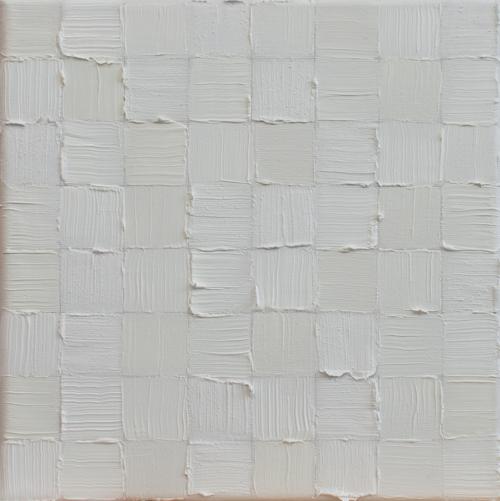
Wall Gazing
16,000 days
Versions of Louise Nevelson
Interviews with artists are often used as source material by art historians. But how reliable are those interviews? The provenance of them can be more complicated than it might appear at first. David Sylvester interviewed many artists, including Louise Nevelson. His interview with her in November 1963 was broadcast on the BBC, and a recording of that interview is held in the British Library’s archive.
The interview is most easily accessible in Sylvester’s book Interviews with American Artists, but the text printed there differs considerably from the broadcast interview. Not only was much of the broadcast cut from the … continue reading
Investigating the canon

A found painting.
Georges Perec and On Kawara: catalogues of the everyday
“The daily papers talk of everything except the daily. The papers annoy me, they teach me nothing”. Georges Perec wrote these words in 1973, but they seem just as relevant today. The froth of news, with its focus on dramatic events and a scorning of the ordinary, could not have been further removed from Perec’s own preoccupations. He focussed on the stuff of everyday life – the comings and goings of people in the street, the way a flock of pigeons flies around a city square, the objects on his work table. Things that many might overlook – what Perec sometimes referred to as the ‘infra-ordinary’ – were for him the main interest.
In that respect, his concerns overlap with those of the Japanese artist On Kawara. Kawara focussed on time, location, movement and the simple fact of being alive. … continue reading


